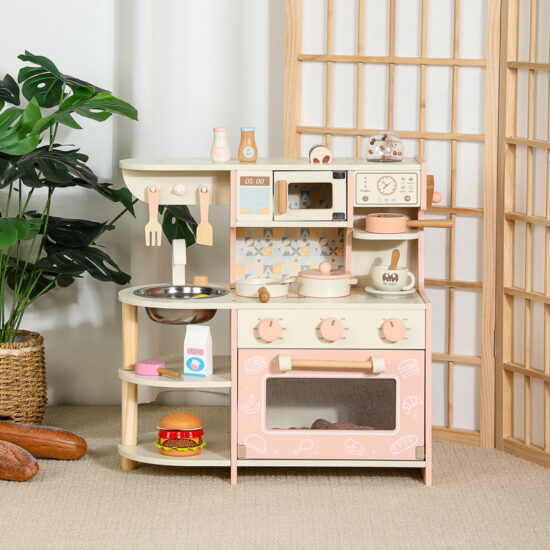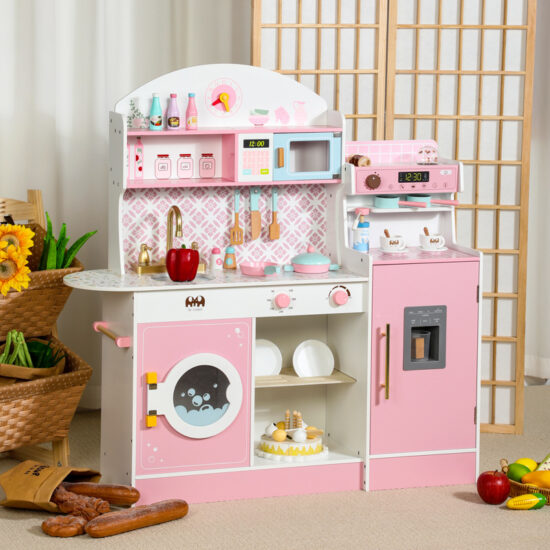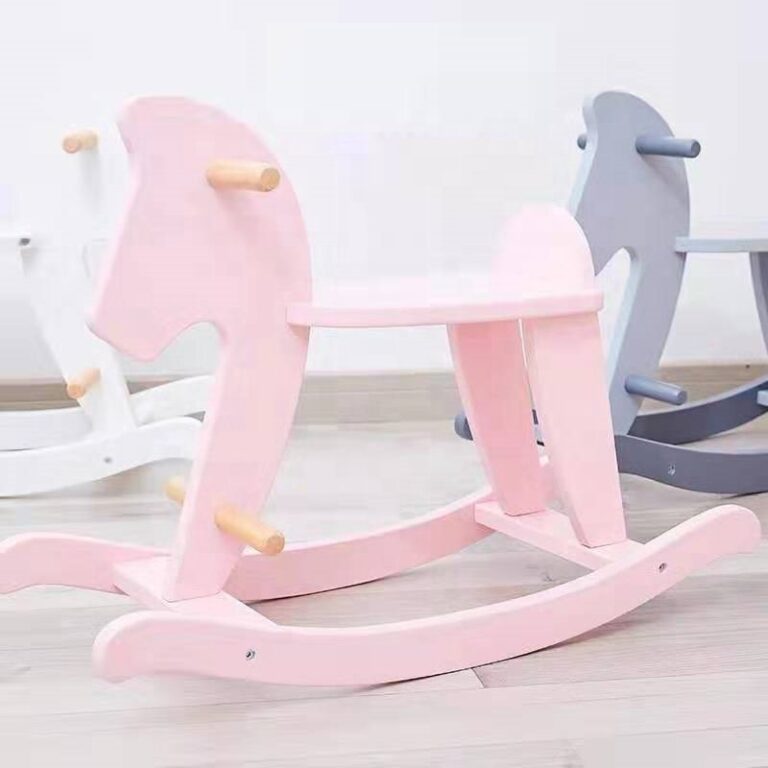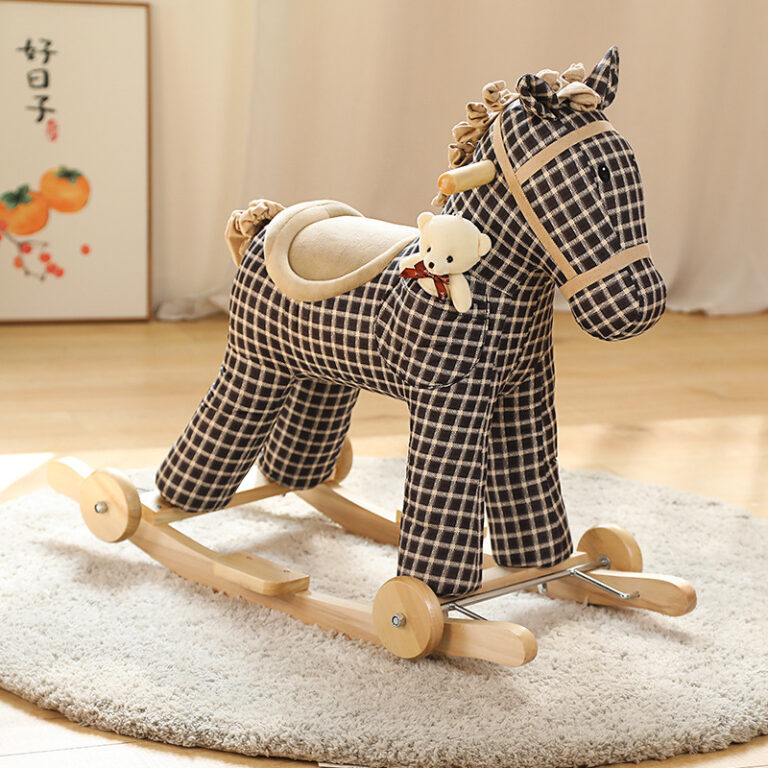jay@nbdho.com
Integrating Wooden Toys with STEAM Education in Early Learning
As educators increasingly recognize the value of STEAM education (Science, Technology, Engineering, Arts, and Mathematics), there is a growing interest in tools that support this interdisciplinary approach from an early age. Wooden toys, known for their simplicity and tactile appeal, have proven to be powerful resources for introducing STEAM concepts to young learners in a developmentally appropriate and engaging way.
Hands-On Exploration and Scientific Thinking
Wooden toys naturally encourage exploration and experimentation—core principles of science education. For instance, wooden balance scales, measuring sets, or nature-themed toys allow children to observe cause and effect, make predictions, and test outcomes through direct manipulation. This hands-on play fosters curiosity and builds the foundational skills of inquiry and observation, essential for scientific thinking.
Engineering and Construction Skills
Building blocks, stacking sets, and wooden construction kits help children grasp early engineering principles. When they build towers, bridges, or structures, they learn about balance, symmetry, gravity, and structural integrity. These activities promote problem-solving and planning—skills that align closely with engineering concepts. Wooden gears, levers, and ramps can further demonstrate mechanical functions in a visual, tangible way.
Mathematics Through Play
Wooden counting toys, number puzzles, abacuses, and shape sorters provide children with early exposure to math concepts such as counting, sorting, pattern recognition, and spatial awareness. Through repetitive play, children internalize these principles in a natural, stress-free manner. The tactile nature of wooden toys also supports kinesthetic learners who benefit from physically interacting with learning materials.
Artistic Expression and Creativity
In STEAM, the “A” for Arts is critical, encouraging innovation and creativity. Wooden toys such as magnetic drawing boards, block mosaics, or free-form building sets empower children to express themselves artistically. These toys offer a canvas for imaginative play and storytelling, integrating aesthetic design and visual-spatial awareness into the learning process.
Technology Integration Without Screens
While technology is a key part of STEAM, it doesn’t always require digital devices. Wooden toys that simulate mechanical systems—like gear sets or pulley models—introduce basic technological principles without screen exposure. These tools help children understand how things work, preparing them for more complex concepts later in life without relying on electronics.
Encouraging Collaboration and Communication
Many STEAM projects are collaborative by nature. Wooden toys lend themselves well to group play, where children must communicate, negotiate roles, and solve problems together. Whether building a wooden city or designing a marble run, children engage in meaningful dialogue and teamwork—skills critical to STEAM learning.
Conclusion
Integrating wooden toys into STEAM education provides a balanced, engaging, and age-appropriate way to nurture a child’s curiosity across multiple disciplines. By combining tactile learning with opportunities for creativity, problem-solving, and exploration, wooden toys offer educators a powerful and sustainable tool for laying the foundation of STEAM thinking in early childhood.





